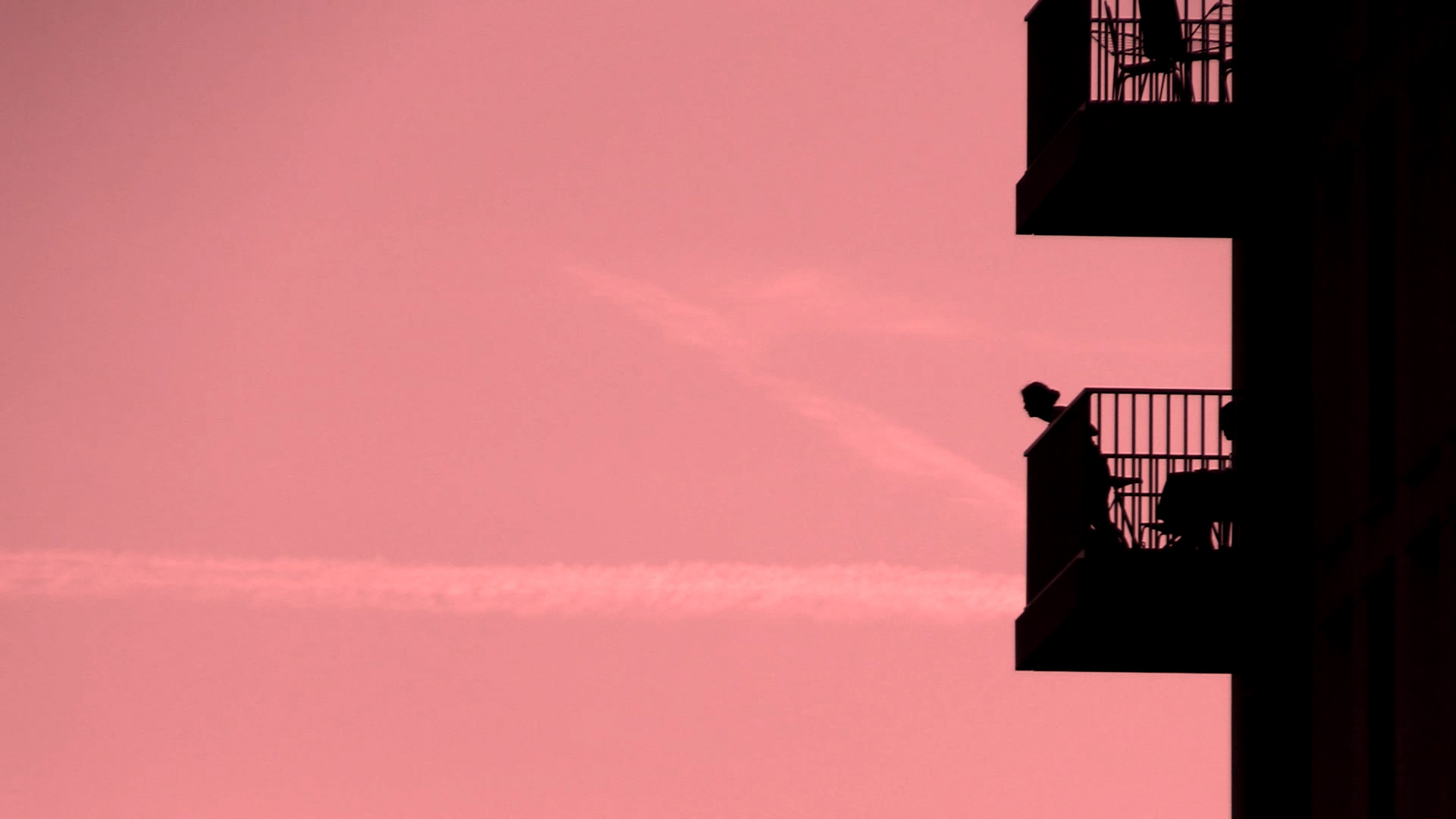Location
Anthology Film Archives
32 Second Avenue
New York, NY 10003

Anthology Film Archives
32 Second Avenue
New York, NY 10003
14 November 2018
7:30 PM – 8:45PM
Program Notes.
An unsettled quality floats over the works in this program like an early morning mist, formed by enigma, mystery, irreconcilable elements and bald contradiction. This is not by chance. Many of the films were first seen in the Experiments in Cinema Festival programmed by Bryan Konefsky, a man who favors a cinema that resists interpretation while remaining evocative and deeply stirring. The filmmakers in this program work at the boundaries between the affective qualities of the image and the descriptive qualities of the word, forging combinations that confound and illuminate in equal measure. The boundaries are redrawn.
– Meaning and mystery are inseparable, and neither can exist without the passing of time. John Berger (1982)
This screening showcases nine short films from eight different countries, the majority New York premieres, and all featured in Millennium Film Journal No. 68 “The Moving Image Media Spectrum.” The program comprises a heterogeneous collection of works: from a 1972 systems-based but lyrical film by Croatian filmmaker Ivan Ladislav Galeta, to Aglaia Konrad’s study of an Italian village ravaged by an earthquake and subsequently covered in cement by artist Alberto Burri. If there is anything common to the works in the program, it is that each draws its power from a central mystery. Secrets, but not lies. In some works, particularly Maarit Suomi-Väänänen’s MINISPECTACLES AS NICE AS PIES, an excess of information both obscures and illuminates, while others like Marko Ubovic’s VALLEY OF THE SHADOW OF DEATH, withhold crucial data, encouraging viewers to rely on their own fantasies, memories, and associations.
Selected and presented by Millennium Film Journal editor Grahame Weinbren.
Minispectacles documents a program to teach recent African refugees in Finland to prepare a regional favorite dish, Karelian Pies. The program at once welcomes the refugees, passes on a skill appropriate for their new home, and begins to integrate them into a foreign culture. Throughout the proceedings, a commentator relentlessly reports what is seen and heard, including technical elements like sound effects, intentional blank screens, and title cards. But the excessive narration intentionally avoids the political dimension of the film’s subject matter—one has to read the end credits diligently to understand the underlying stakes of this apparently simple, elegant film.
Clouds of steam billowing from iconic red and white striped chimneys, softened lights of Times Square, shadows of passersby against shop windows, all with gorgeous bokeh, encourage the viewer to project his or her own desires and fantasies onto the screen, drifting into a semi-dream state, no penalty for drifting attention. Sight Unseen, appropriately titled, is a liberation from the demands of following a narrative or extracting a meaning.
Aglaia Konrad’s ekphrastic short is set in the hilly Sicilian landscape near Gibellina, a little town that was completely destroyed by an earthquake in 1968. In the 1980s, Italian artist Alberto Burri poured concrete over the entire site. Known as The Great Cretto (or Cretto di Gibellina), Burri’s site-specific work pays homage to the victims of the disaster with a constellation of white concrete fractures on the ground.
-Steven Jacobs
Grella remembers coming upon yellow ribbons hanging from a fence around Marble Collegiate Church on 5th Ave. Recognizing an alphabetical order, Grella eventually found the name of his brother, Devin, who was killed in Iraq at 21. Hand-drawn animations of a walk in Madison Square Park and images from the war, a thoughtful and personal voiceover and finally, the last recording of his brother’s voice, add up to a story that is hard to tell.
-Rachel Stevens
Just two shots. One shows a scruffy young man tenderly holding a lamb, a very white lamb, in his arms. An extended low register moan escapes from the creature’s mouth. A dreadful sound. At last, the boy/lamb image is replaced by a slow zoom, a long stare at a single image—an icon of photographic history, the controversial 1855 photograph taken by Roger Fenton during the Crimean War. A deceptively complex interplay of art, artifice, and history undergirds Ubovic’s unresolvable intentions, loading the film’s two shots with an overdetermined expressive power.
PiRâMidas depicts an uninterrupted train ride, in which the camera changes its angle by 90º in specific intervals to form a rectangular spiral. Each segment reduces length by one frame (from 120 frames counting down to zero). The turning point, frame no. 7261, is where the system switches direction, running in reverse. This midpoint, the absolute center in time, corresponds to the vanishing point of the train tracks as the absolute center in space.
-Caspar Stracke
A pink sky frames silhouetted figures staring out of a threatening modernist building, while leaves shudder on dark trees. A crime scene? “Here East” is the name of a recent London business development owned and financed by international conglomerates, a glass geometry dedicated to technology startups. Shirts hang in windows like omens as darkness is falling —permanent darkness? Where are we? Why are we here? What has gone wrong?
Pitch Black consists of deliberately composed images rhythmically edited, a narrator insisting that it must be done perfectly without revealing what “it” is. The Shadow of Death hangs over the proceedings, a dark film. At its center is an undisclosed subject, painfully significant to the filmmaker but withheld from the viewer—“it” is felt, rather than known.
The music is vaguely familiar classical Pops, each piece matched by a scene set in pastoral Russia. The subject of this film is neither stereo technology, the musical excerpts, nor the tiny narratives of each segment, but another indescribable, uniquely cinematic expressivity that emerges from the combination.
Total running time: ca. 75 min.
This program is partially funded by NYSCA through the Millennium Film Workshop, affiliated with Millennium Film Journal and 50X50 screening.